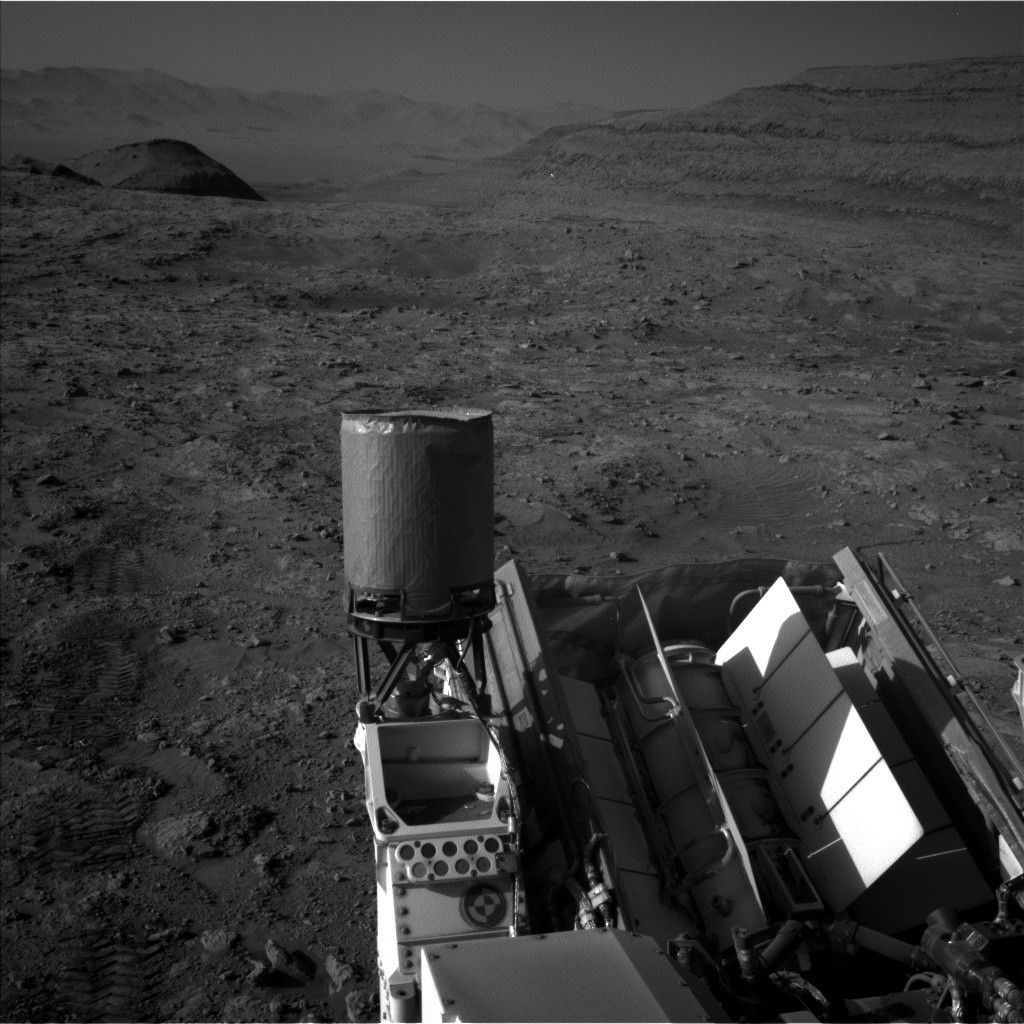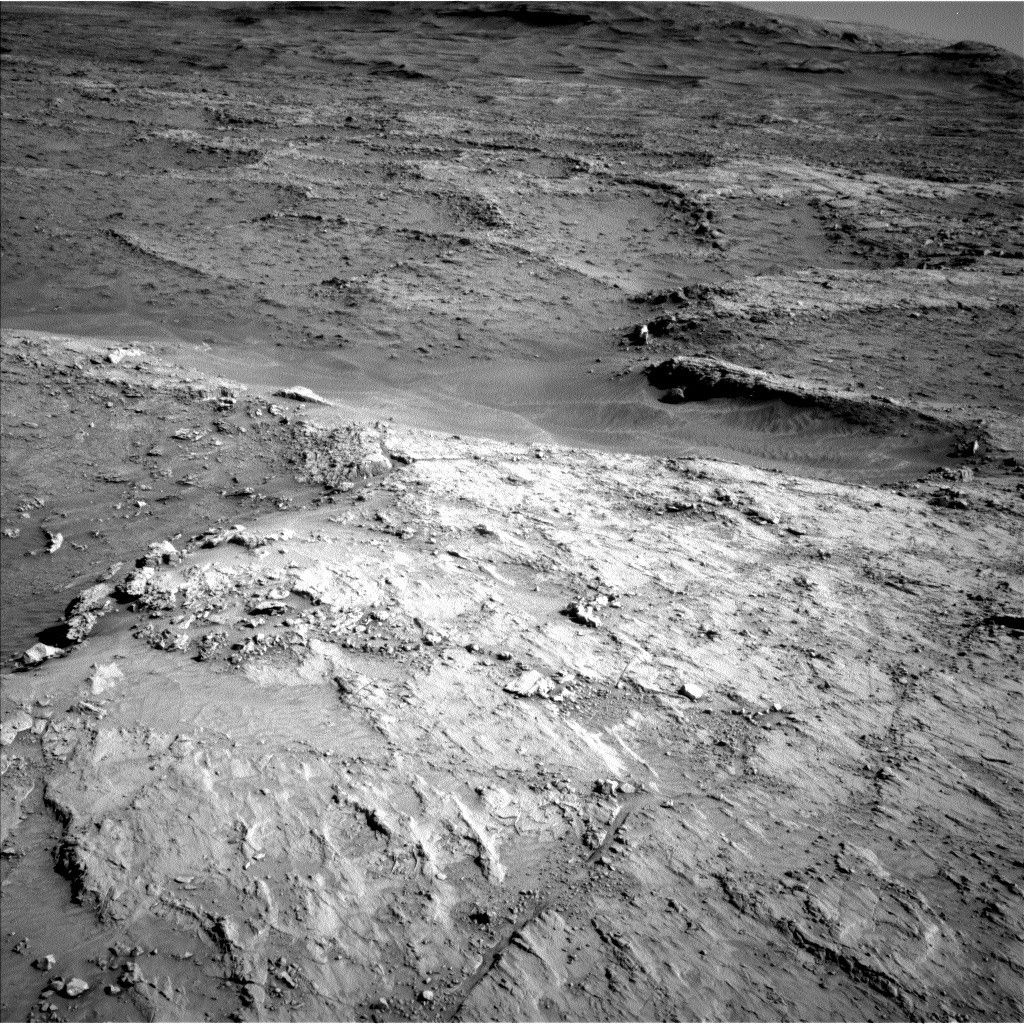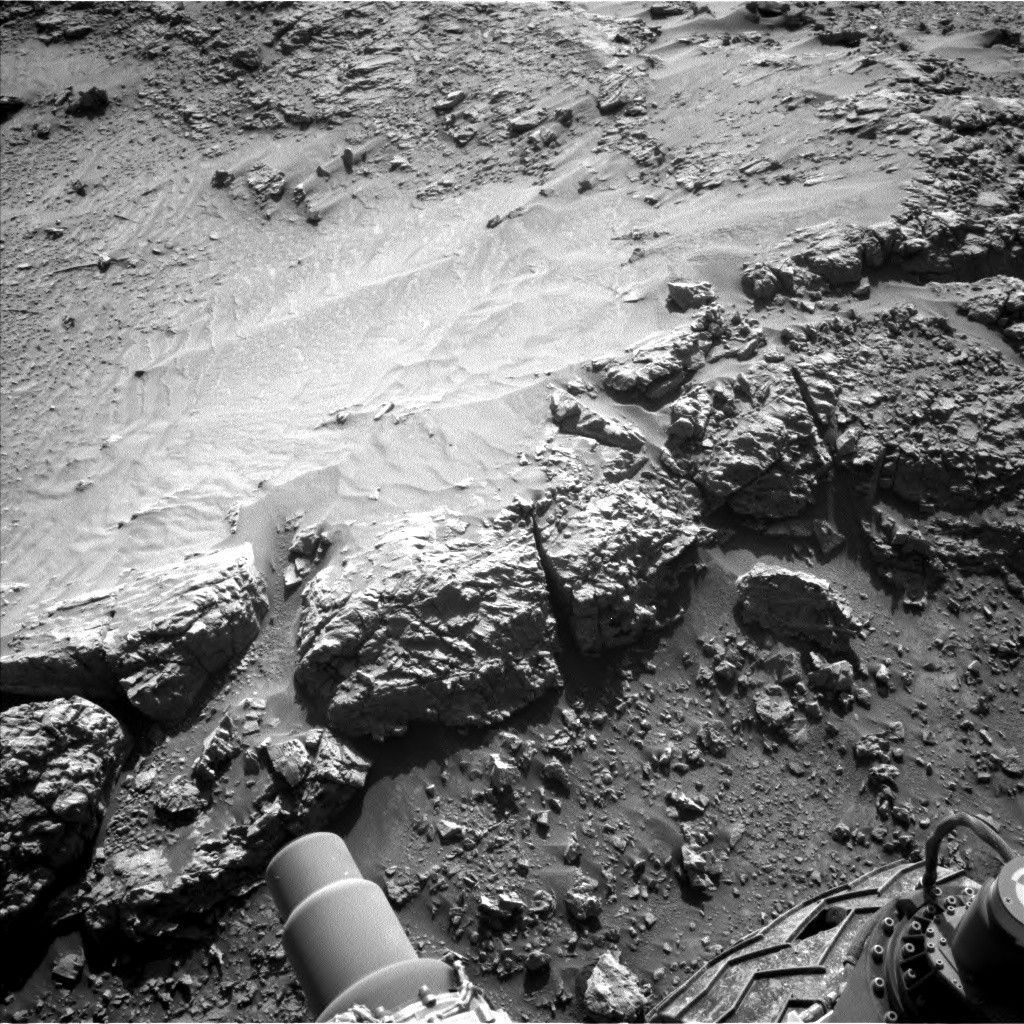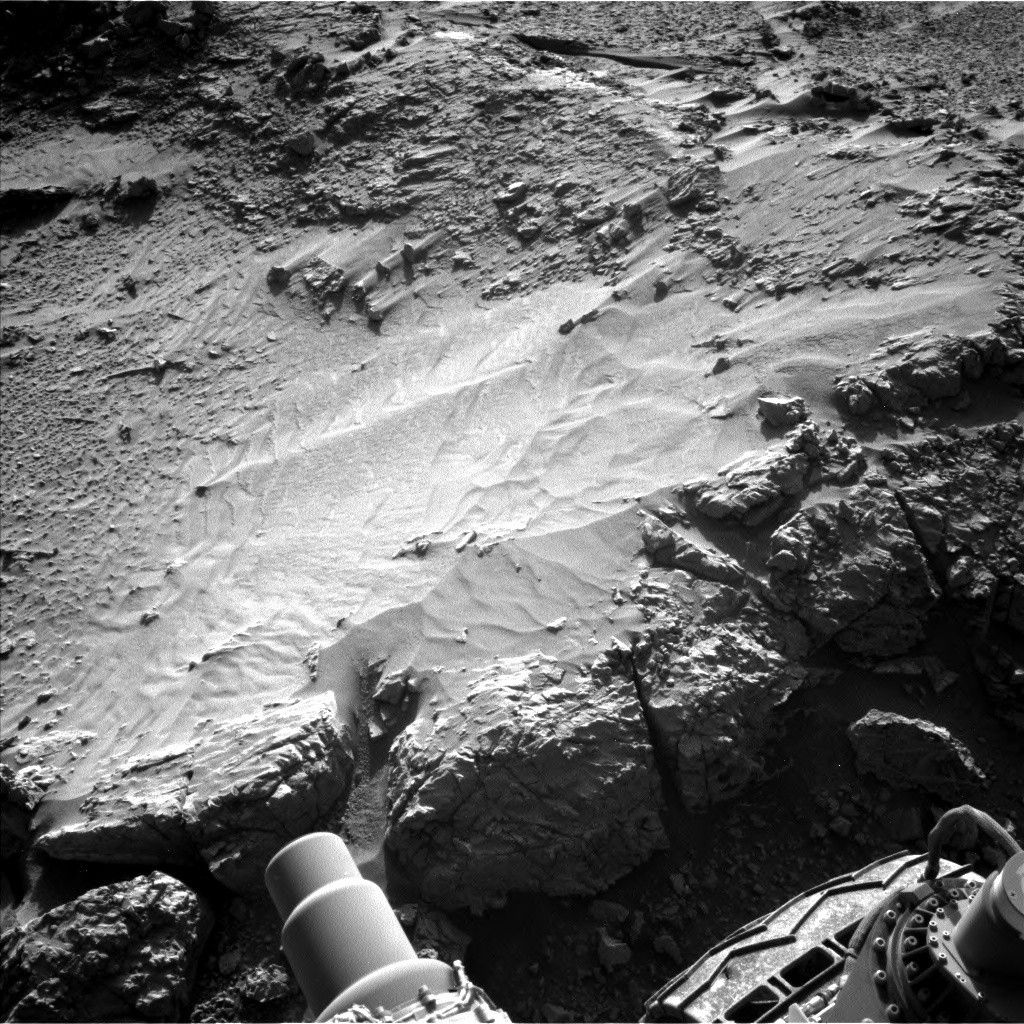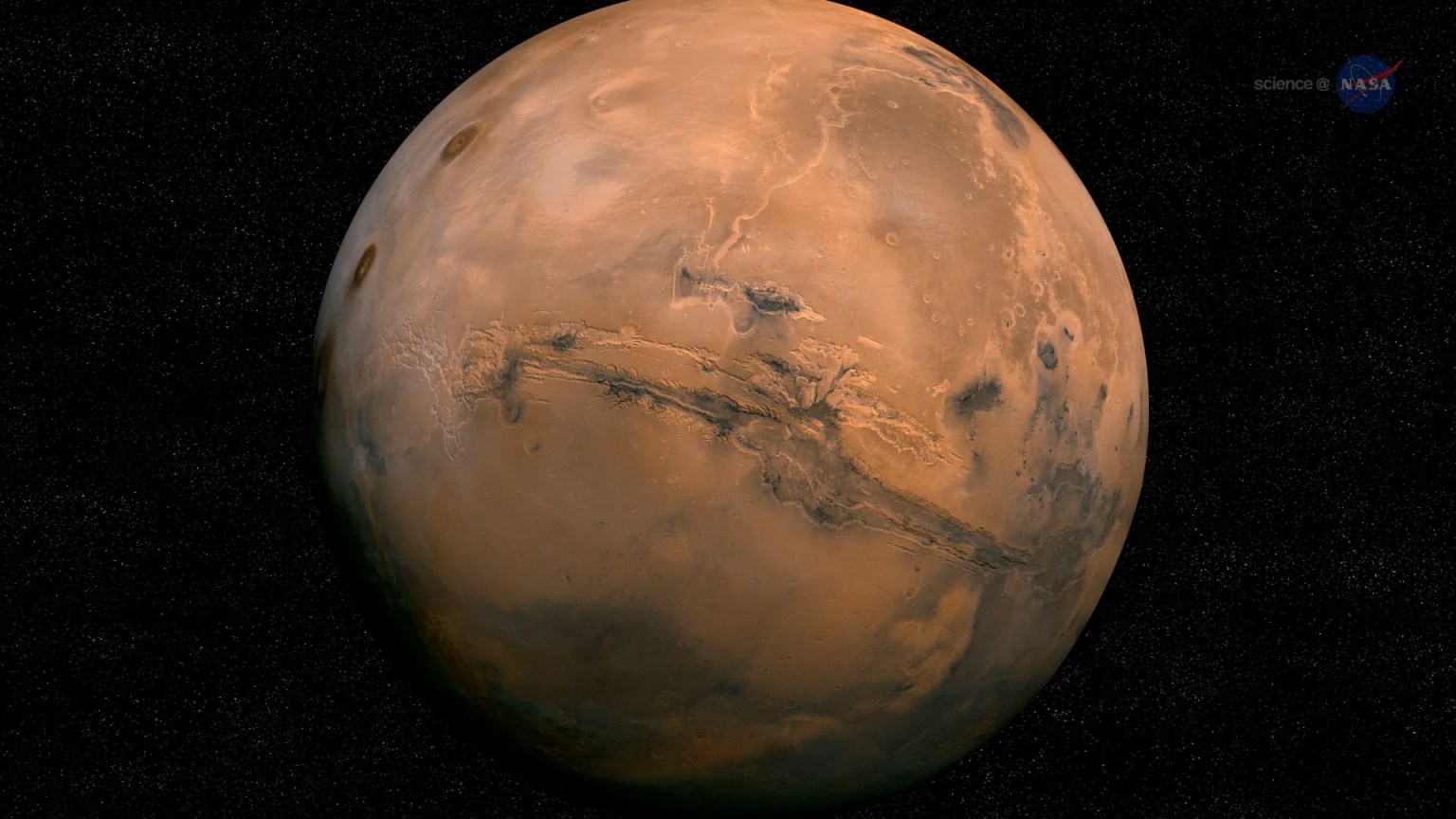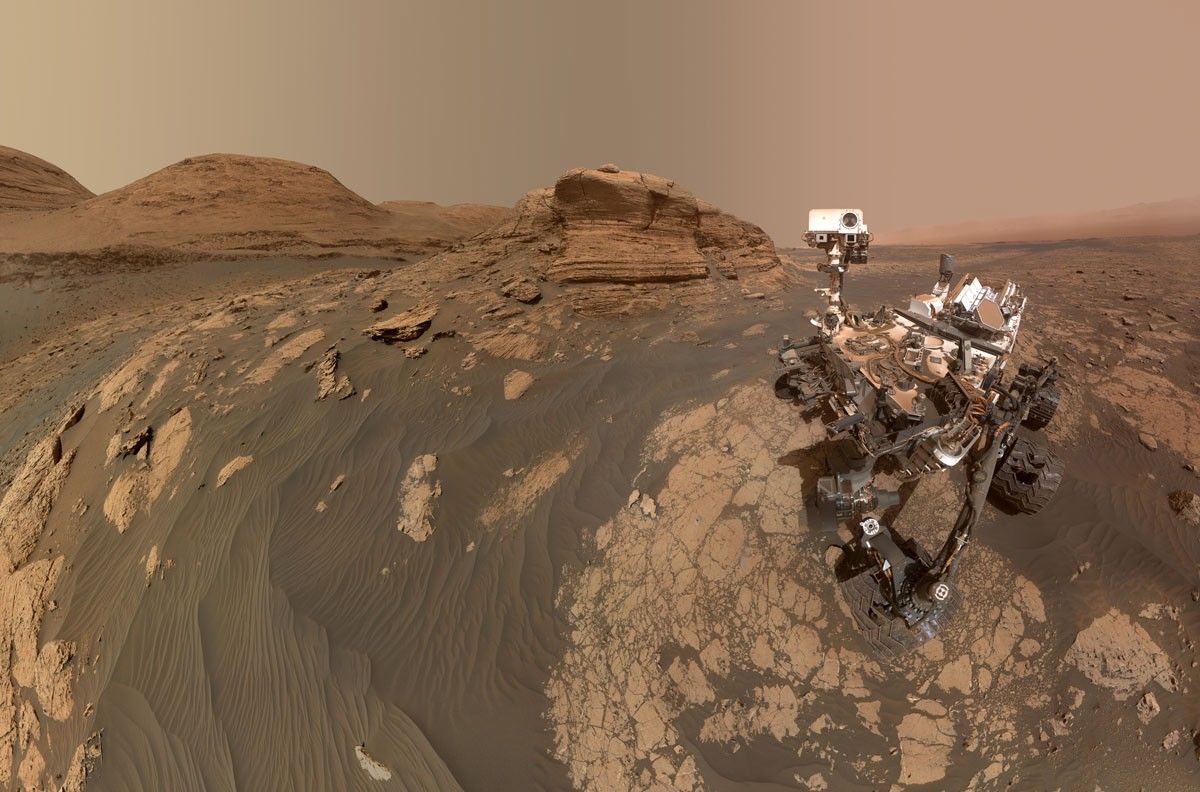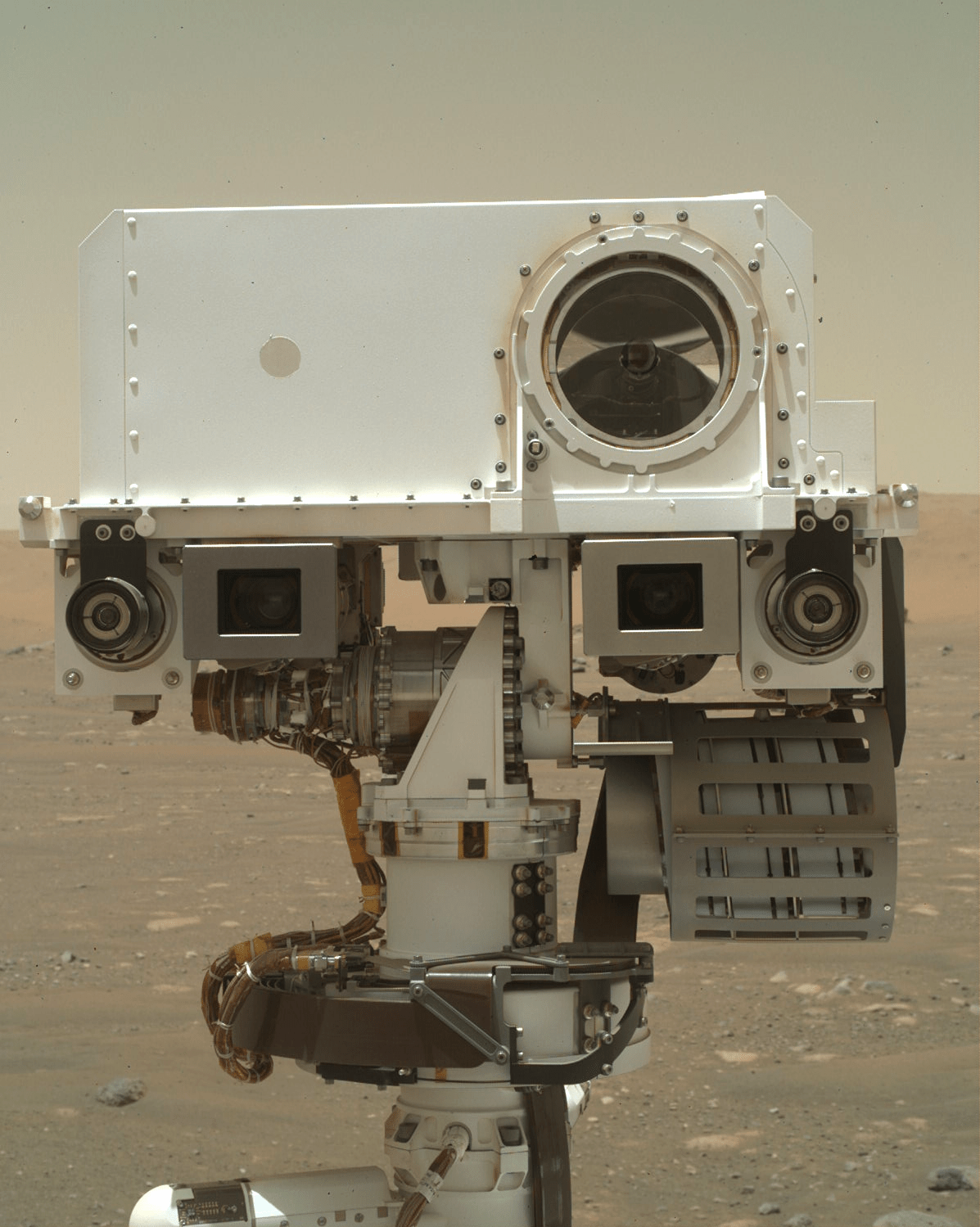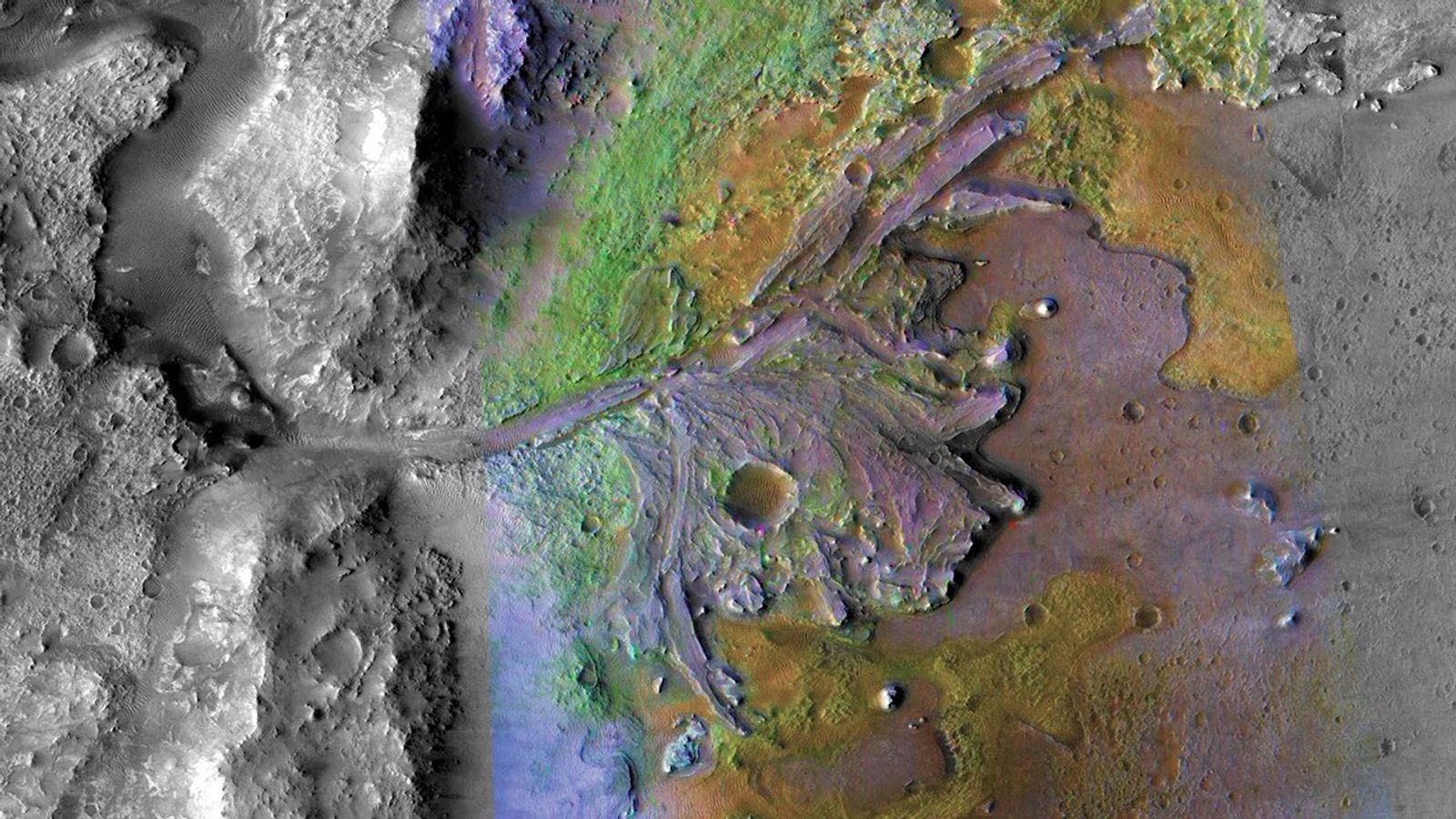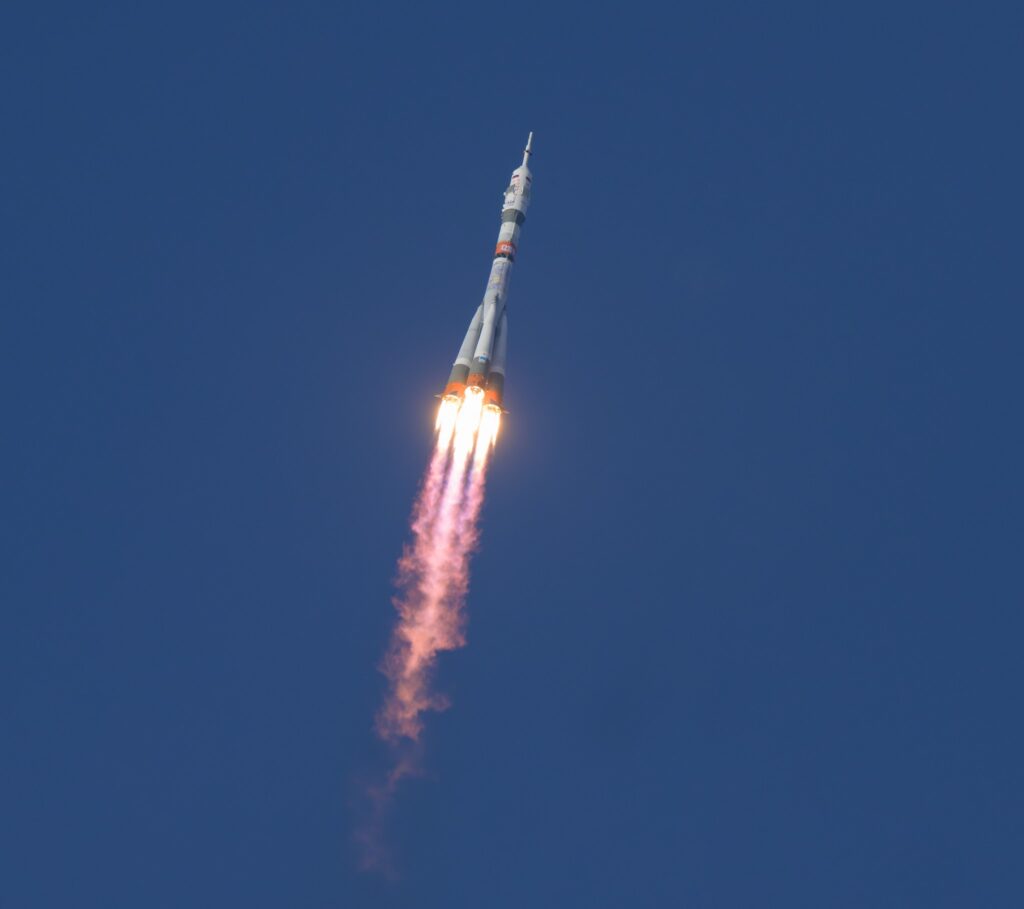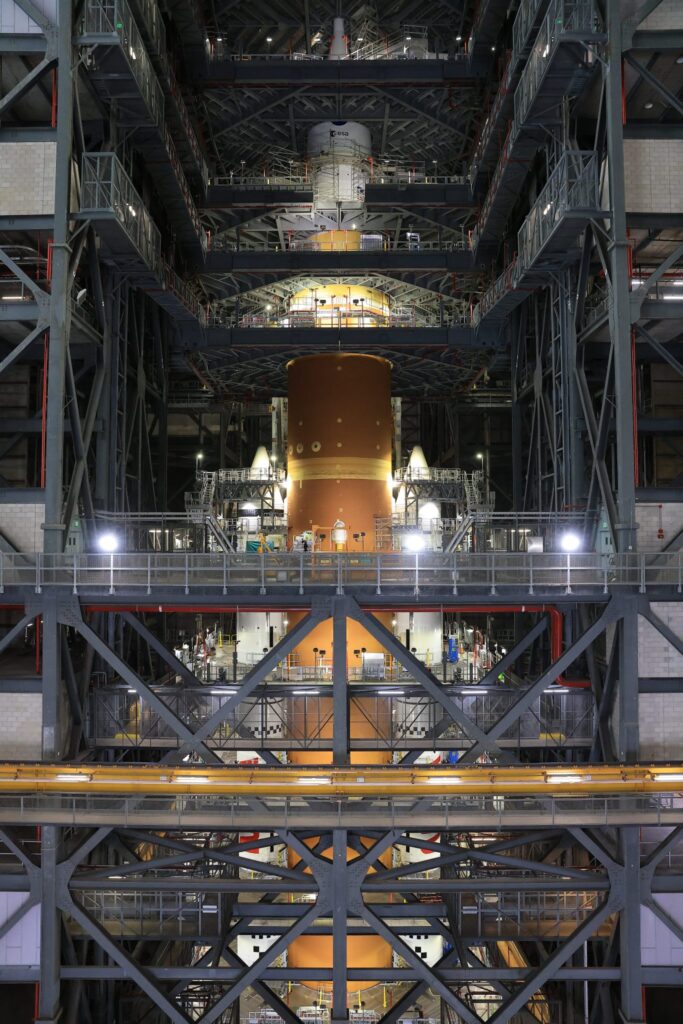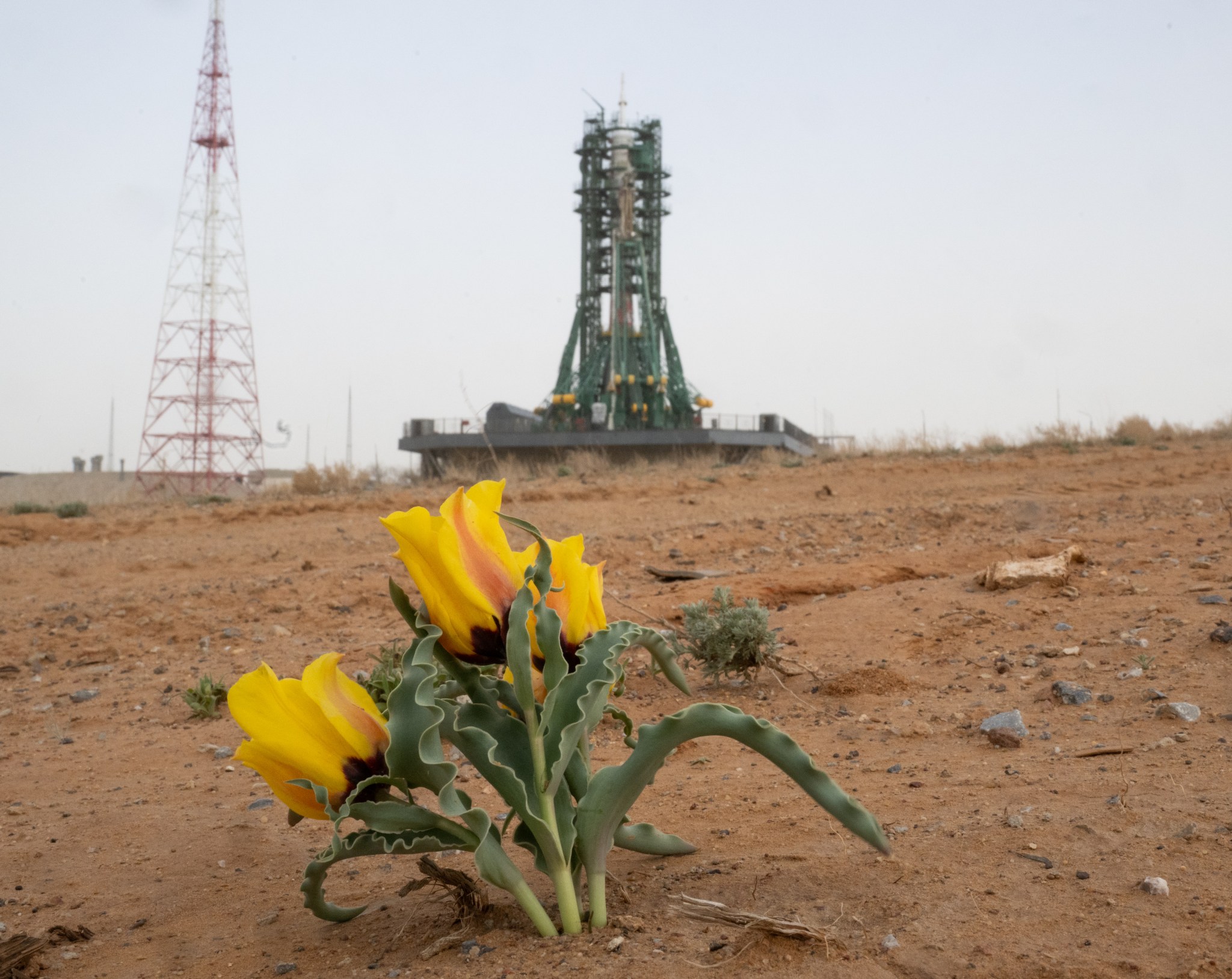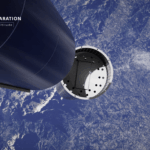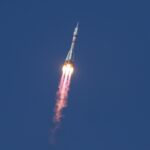Now Reading: Sols 4547-4548: Taking in the View After a Long Drive
-
01
Sols 4547-4548: Taking in the View After a Long Drive
Sols 4547-4548: Taking in the View After a Long Drive
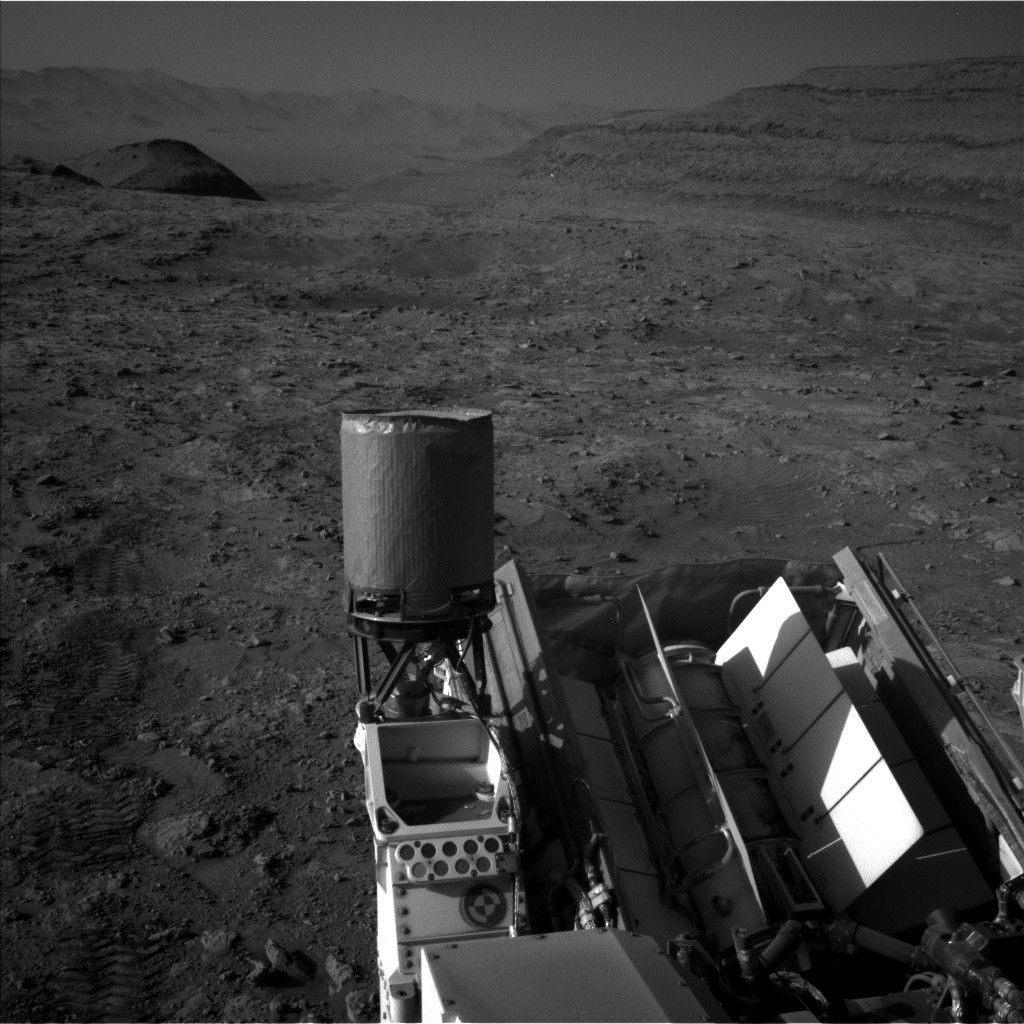
2 min read
Sols 4547-4548: Taking in the View After a Long Drive
Written by Alex Innanen, Atmospheric Scientist at York University
Earth planning date: Wednesday, May 21, 2025
Monday’s single-sol plan included a marathon 45-meter drive (about 148 feet), which put us in position for two full sols of imaging. This means both sols have what we call “targeted” science blocks, in which we have images of the workspace down from the last plan and can carefully choose what we want to take a closer look at. This always means a lot of good discussion amongst the geology and mineralogy theme group (GEO) about what deserves this closer look. As an outsider on the environmental theme group (ENV), I don’t always grasp the complexities of these discussions, but it’s always interesting to see what GEO is up to and to learn new things about the geology of Mount Sharp.
GEO ended up picking “Big Bear Lake” as our contact science target, which is getting its typical treatment from APXS and MAHLI, as well as a LIBS observation from ChemCam. Aside from that there was plenty of room for remote sensing. ChemCam is also taking a LIBS observation of “Volcan Mountains” and a long-distance mosaic of the Texoli butte. Mastcam is also taking mosaics of a nearby trough, as well as two depressions known as “Sulphur Spring,” a more distant boxwork structure, and the very distant Mishe Mokwa butte.
All of ENV’s activities are remote sensing, and we managed to squeeze in a few of those too. We have a couple dust monitoring observations, looking for dust devils and checking the amount of dust in the atmosphere. And since we’re still in the cloudy season we always try to make room for cloud observations. Today that meant a suraphorizon movie looking for clouds just above the horizon to the south, and a phase function sky survey, which captures clouds all around the rover, to try to understand how these clouds scatter sunlight.
Share
Details
Related Terms
Stay Informed With the Latest & Most Important News
Previous Post
Next Post
-
 012024 in Review: Highlights from NASA in Silicon Valley
012024 in Review: Highlights from NASA in Silicon Valley -
 02Panasonic Leica Summilux DG 15mm f/1.7 ASPH review
02Panasonic Leica Summilux DG 15mm f/1.7 ASPH review -
 03How New NASA, India Earth Satellite NISAR Will See Earth
03How New NASA, India Earth Satellite NISAR Will See Earth -
 04And Thus Begins A New Year For Life On Earth
04And Thus Begins A New Year For Life On Earth -
 05Astronomy Activation Ambassadors: A New Era
05Astronomy Activation Ambassadors: A New Era -
06SpaceX launch surge helps set new global launch record in 2024
-
 07Space Force plans new ‘Futures Command’ amid pressure to speed up modernization
07Space Force plans new ‘Futures Command’ amid pressure to speed up modernization


